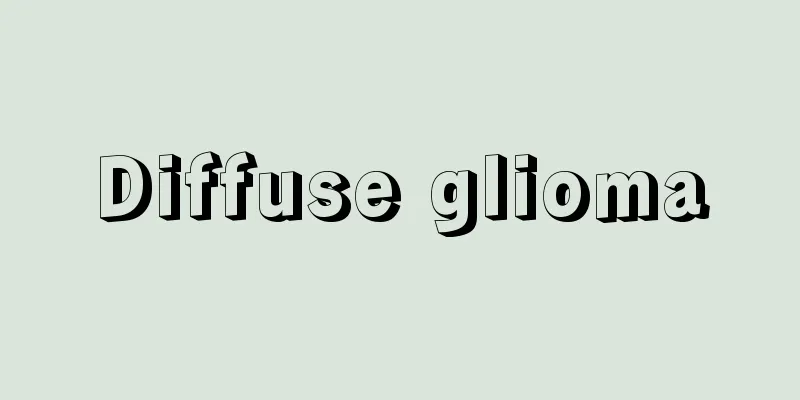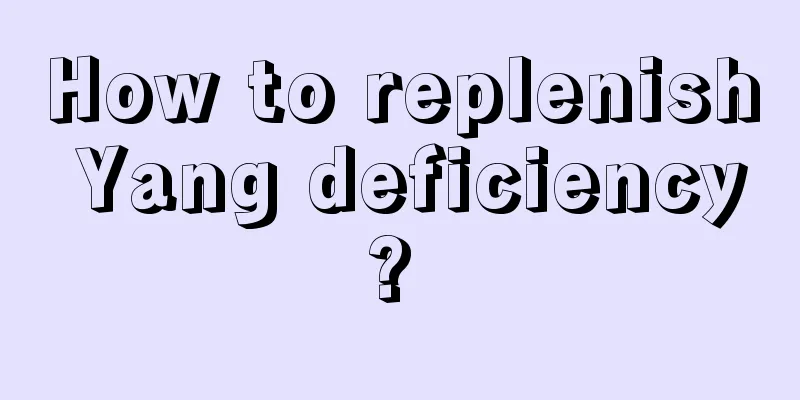Diffuse glioma

|
Glioma is a common problem that occurs in people's brains, posing a great threat to people's brain safety. There are many types of gliomas, the most common of which is diffuse glioma, also known as diffuse astrocytoma. It is a relatively common clinical central nervous system disease. It has a great impact on people's physical condition, especially the safety of the nervous system. After this diffuse glioma occurs, what measures should be taken to avoid the harm caused by it in daily life? 1. What is diffuse brain glioma? Gliomatosis cerebri (GC), also known as diffuse astrocytoma, diffuse brain glioma, etc., is a rare clinical tumor disease of the central nervous system. The disease is characterized by infiltrative or multiple growth of lesions involving two or more cerebral lobes. The 2007 WHO classification of central nervous system tumors classified it as an astrocytic tumor among neuroepithelial tissue tumors, with a malignancy of grade 3. 2. Clinical manifestations The clinical manifestations of GC are non-specific, generally with a subacute onset and progressive worsening. The clinical manifestations are progressive increase in intracranial pressure and recurrent epileptic seizures, accompanied by varying degrees of intellectual and mental disorders. The common symptoms are: corticospinal tract involvement accounts for 58%, mental retardation or dementia accounts for 44%, headache accounts for 39%, epileptic seizure accounts for 38%, cranial nerve damage accounts for 37%, increased intracranial pressure accounts for 34%, and cerebrospinal fluid involvement accounts for 33%. Treatment There is currently no specific and effective treatment and it is still in the exploratory stage. Basic treatment includes surgery, radiation therapy, and chemotherapy. Because the lesion is extensive, it is difficult to completely remove it surgically. If conditions permit, the lesion should be removed to the maximum extent possible while preserving neurological function to achieve the goal of clarifying the pathology and relieving intracranial pressure. At the same time, the total number of tumor cells is reduced, which helps to improve the efficacy of radiotherapy. Shunt surgery can also be performed for patients with lesions involving the brainstem and cerebral aqueduct obstruction. Radiation therapy may also temporarily relieve symptoms. The disease is progressive and most patients die within 2 years. Some scholars advocate that radiotherapy and chemotherapy should be performed once the diagnosis is clear. Chemotherapy is helpful for some patients with brain glioma. Compared with procarbazine + chlorambucil + vincristine (PCV), temozolomide is more acceptable and more valuable, especially for slowly developing, low-grade GC. |
<<: Do I need to extract wisdom teeth to correct my teeth?
>>: Left ethmoid sinus osteoma
Recommend
How to permanently remove rust from a pot
The iron pan is a tool that people need to use wh...
Does durian contain alcohol?
Durian is a common fruit in daily life. Durian ha...
What are the treatments for prostate cancer bone metastasis? Three methods to control prostate cancer bone metastasis
If a patient with prostate cancer develops sympto...
What medicine is effective for liver cysts
In our lives, there are still many patients suffe...
What are the early symptoms of pancreatic cancer?
Pancreatic cancer is a common tumor, and many pat...
How much does chemotherapy cost for bile duct cancer
As society becomes more and more developed, peopl...
What causes scalp acne? 8 major factors at work
People are prone to acne during adolescence. Some...
Can fire needles remove red blood streaks? Has anyone tried it?
Many people have sensitive skin, with many red bl...
Which hospital is the best for rectal cancer
The treatment of rectal cancer has always been a ...
How to differentiate skin cancer from skin carcinoma in situ
Skin cancer can be divided into squamous cell car...
Dry white wine shelf life_How long is the shelf life of white wine
The shelf life of dry white wine is relatively lo...
How should patients with ovarian tumors eat properly after surgery
Ovarian tumors are a common disease among women, ...
How many years can you usually live after thyroid cancer relapses? What are the factors that affect life expectancy after thyroid cancer relapses?
Thyroid cancer is also called thyroid cancer. The...
Symptoms of taro allergy
As a starchy food, taro can not only be used for ...
Is there a relationship between skirt size and breast cancer? 5 causes of breast cancer
In recent years, the incidence of breast cancer h...









